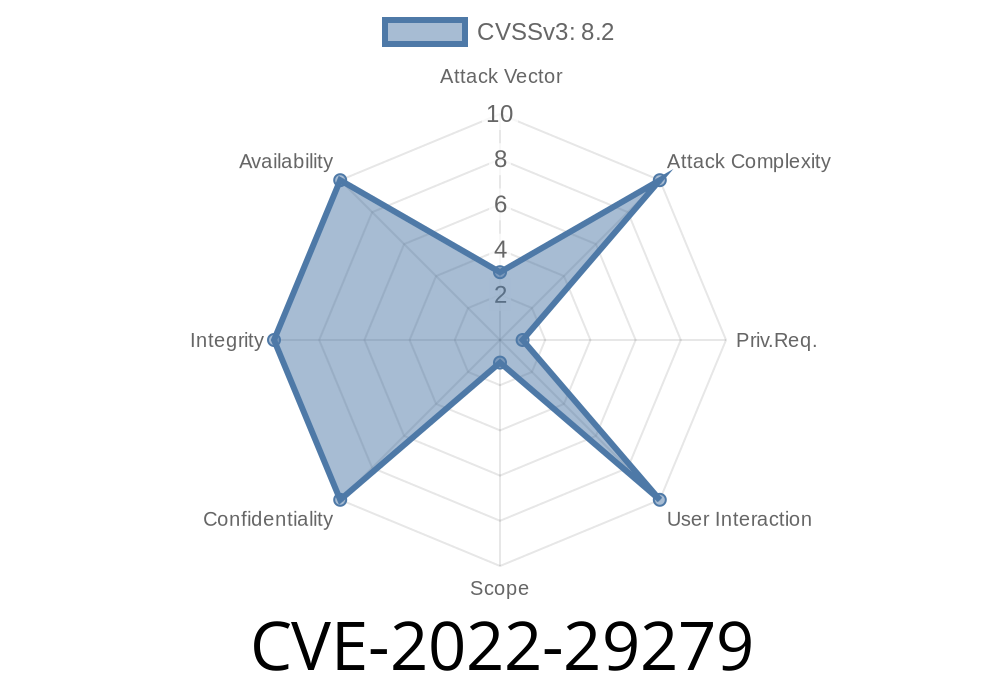A critical security vulnerability (CVE-2022-29279) has been identified in the SdHostDriver and SdMmcDevice that stems from the use of an untrusted pointer. This flaw exposes affected systems to the tampering of SMRAM (System Management RAM) and OS (Operating System) memory, which could have far-reaching security implications. Discovered by Insyde during a security review, kernel updates were promptly issued to address the issue. This post covers the details of this vulnerability, including relevant code snippets, original reference links, and specific exploit details.
Background
The SdHostDriver and SdMmcDevice are responsible for managing communication with SD and MMC devices, respectively. Both are widely used across different hardware platforms and operating systems. The vulnerability exploits a flawed implementation that allows for tampering of protected SMRAM and OS memory by unauthorized entities.
Code Snippet Demonstration
static void
SdMmcDeviceHostMode (
IN VOID *Context
)
{
LIST_ENTRY *List;
List = NULL;
if (Context == NULL) {
DEBUG ((DEBUG_ERROR, "SdMmcHostDriver Error: Invalid context\n"));
}
List = Context;
// ...
}
In the example above, the function accepts an untrusted pointer as a parameter, opening a window for possible exploitation. Attackers leveraging this flaw can manipulate memory contents, escalate privileges, or expand the exploit's scope to compromise an entirely unrelated system.
Links to Original References
The vulnerability was discovered during Insyde's security review, and patches addressing the issue are available on their website. More information can be found at the following link:
- Insyde Advisory: https://www.insyde.com/security-pledge/SA-2022062
Exploit Details
The exploitation of the CVE-2022-29279 vulnerability entails introducing an arbitrary untrusted pointer value. When this occurs, memory regions outside the expected boundaries can be manipulated, allowing attackers to execute arbitrary code or elevate access privileges. To pull this off, attackers will exploit application weaknesses, commonly referred to as bugs, to inject untrusted values.
Affected Kernel Versions
As per Insyde, the following kernel versions have been verified to address the CVE-2022-29279 vulnerability:
Kernel 5.5: version 05.52.17
Users are recommended to update their systems with the latest kernel updates to prevent possible exploitation.
Conclusion
CVE-2022-29279 is a critical vulnerability that poses as a significant security risk to users and organizations. It underscores the importance of designing systems using secure coding practices, as well as conducting robust security reviews and implementing patches promptly. The swiftness in addressing this issue by Insyde demonstrates the effectiveness of responsible disclosure and collaboration among security researchers and vendors. Users should remain vigilant in staying informed of the latest threats and keep their systems up to date to minimize the risks associated with potential security breaches.
Timeline
Published on: 11/15/2022 22:15:00 UTC
Last modified on: 11/23/2022 17:27:00 UTC
